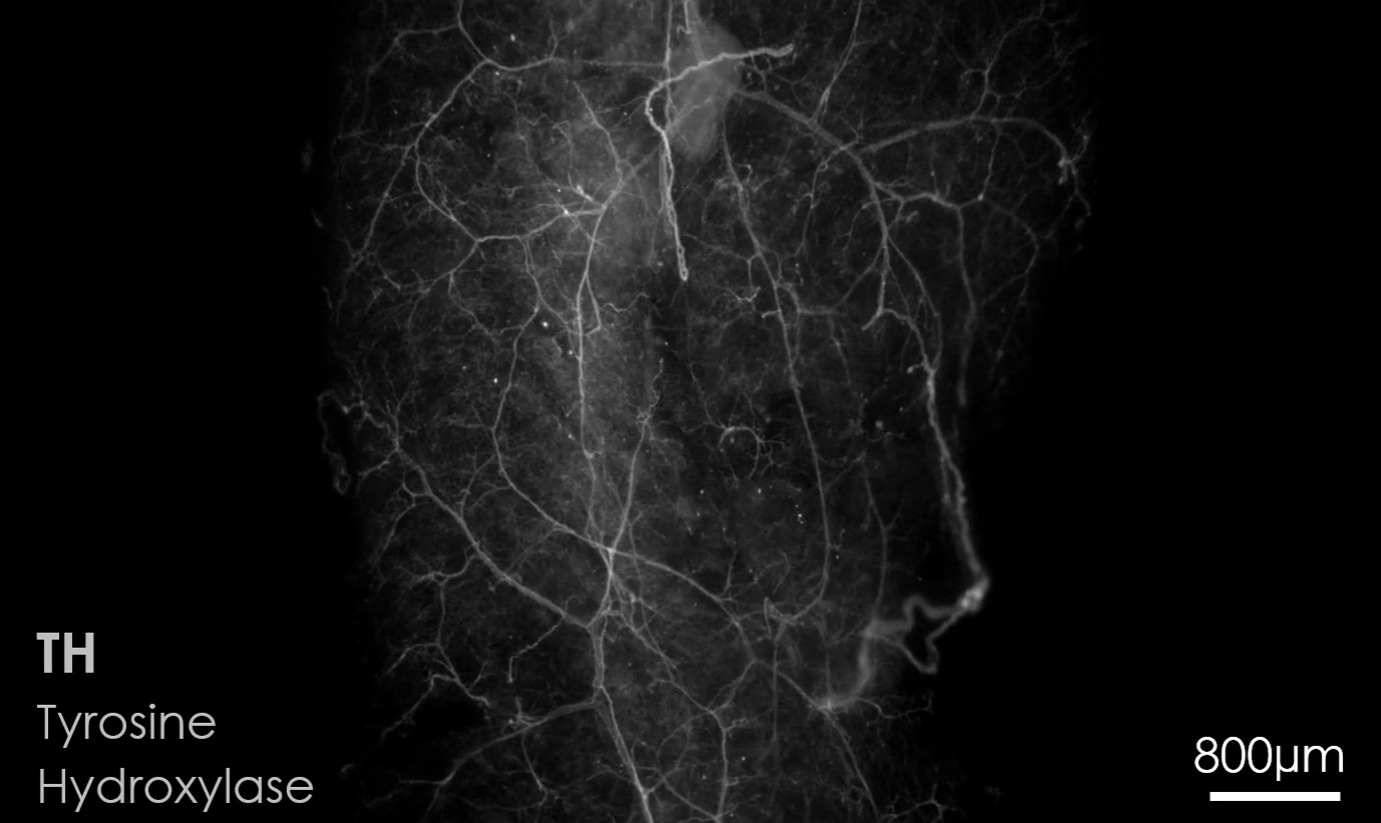General

On Thursday September 25, the Tager seminar series will continue with a new lecture by Prof. dr. Ana Domingos, who works as Professor of Neuroscience, at the Department of Physiology, Anatomy and Genetics at University of Oxford. She is also a HHMI-Wellcome IRScholar, a member of the Advisory Board of Cell Metabolism and Editor in Chief AJP - Endocrinology & Metabolism.
The Metabolic Physiology of Proteostasis

Sympathetic nerves within brown and white adipose tissue locally release norepinephrine (NE) which induce lipolysis and thermogenesis. NPY is co-released with NE, but the extent of NPY-releasing sympathetic nerves and their role in adipose tissue is unknown.
Although many reports indicate that NPY in the brain stimulates appetite, knocking out NPY has no effect on daily food consumption, and mice without NPY receptors develop late-onset obesity despite eating less. In humans, mutations in NPY have been linked to high body mass index (BMI) but not an unhealthy dietary pattern.These findings suggest that NPY have contrasting impacts on maintaining body weight homeostasis.
To test this, we employed improved animal models in which NPY was selectively removed from sympathetic neurons, while leaving it intact in the brain. Our results indicate that, relative to central NPY, peripheral NPY produced by the sympathetic nerves has the opposite effect on body weight homeostasis.
